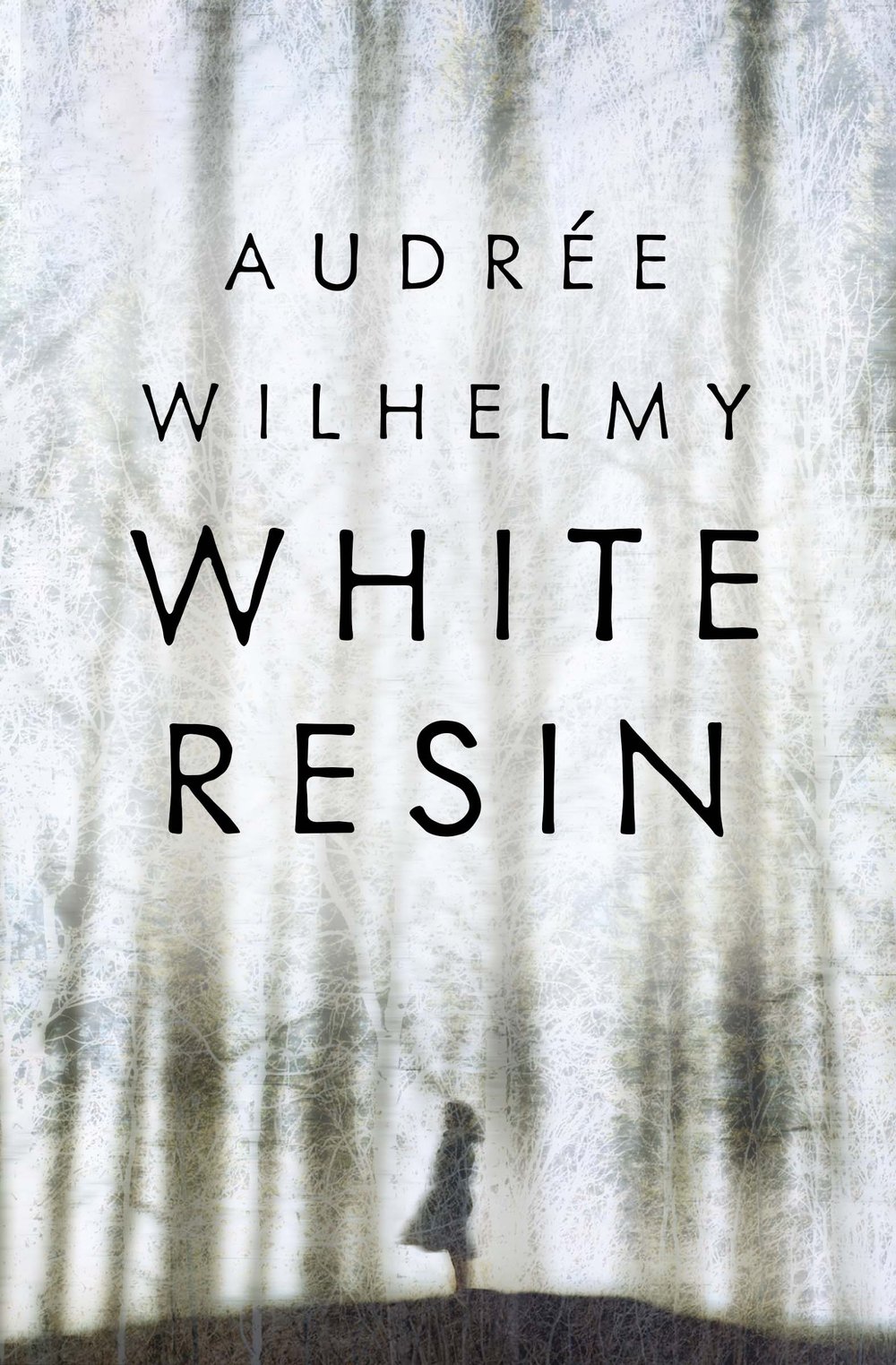The Body of the Beasts
Disturbing and sensuous, Audrée Wilhelmy’s tale of a hermetic family minding a lighthouse in willed isolation is reminiscent of William Golding’s Lord of the Flies.
The Body of Beasts is a startling, gorgeously written novel that tells the story of the Borya family living in isolation. Their lives are altered when young Osip, peering from the lighthouse gallery sees a woman, Noé, arrive — her dress scant, her skin curiously scarred, and her manner mysterious and wild.
Noé bears a child, Mie, to the eldest son on whose hunter-gathering the Borya family depends. She lives in a cabin on her own and covers the walls with drawings that allude to her mysterious life. The family’s entrenchment in nature is enthrallingly conveyed in young Mie’s sensuous ability to borrow at will the body of mammals, birds, fish, and insects. Her shape-shifting allows her to know the ways of the natural world, though only to a point. When her own awakening body starts to intrigue her, she asks her uncle Osip to “teach me human sex.”
The Body of the Beasts is an imaginative tour de force, a beautifully described portrait of a world that exists outside of words; an uninhibited and erotic novel that, in the singular tradition of Québécois Boreal Gothic, explores our humanity — and animal nature.

